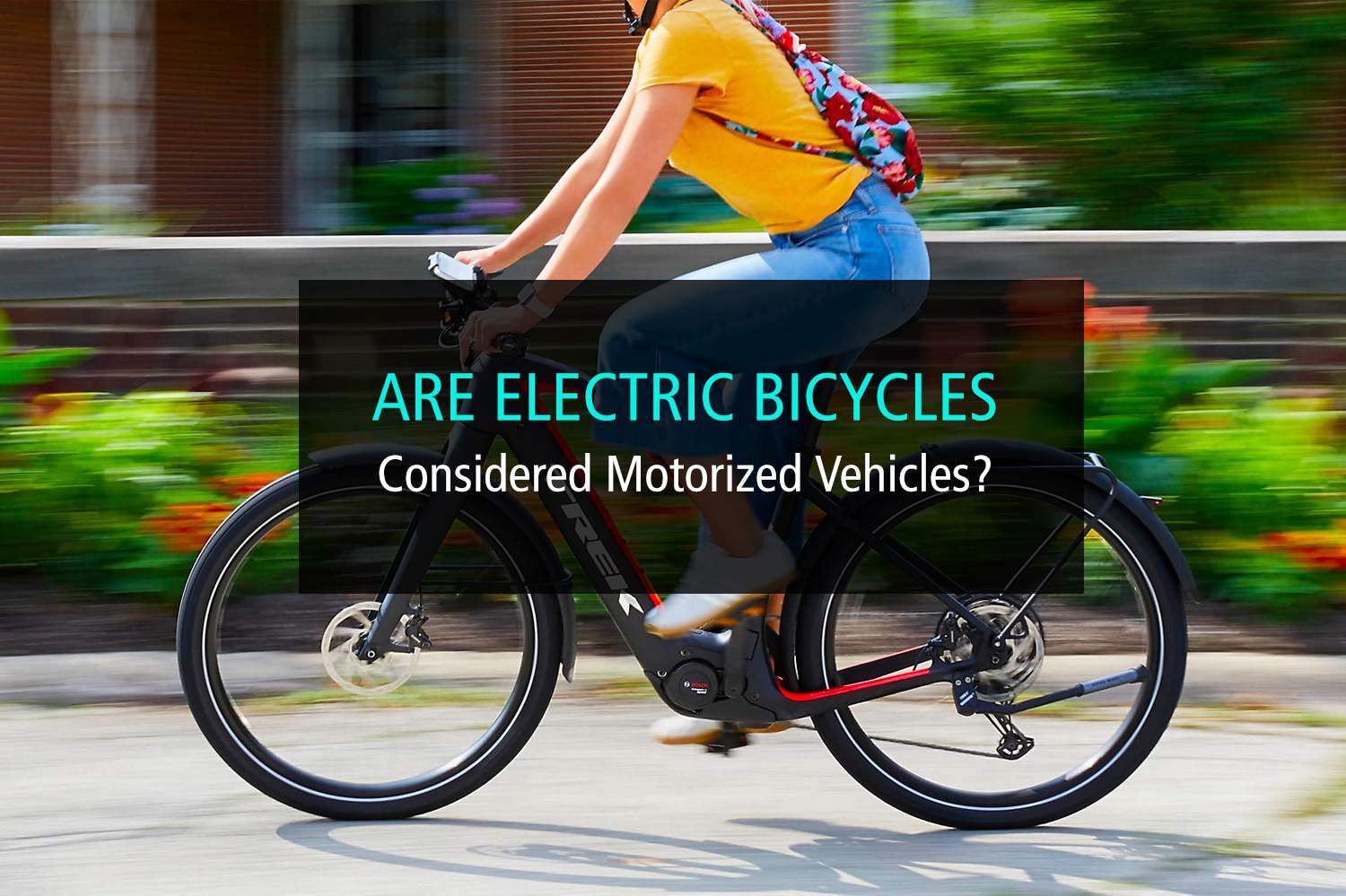When you think of electric bicycles, you could consider them in between traditional pedal bikes and motorcycles. This would typically be because of the added speed that the motor adds to the bike. But have they been considered motor vehicles?
As of the year 2021, in the United States, electric bicycles are not considered motorized vehicles. Instead, they have been categorized into three separate classes that all have their own rules and guidelines. Laws associated with the three different electric bicycle classes differ from state to state.
That being said, be sure to research and know the laws associated with electric bicycles within your state so that you are not fined for accidentally breaking the law.
As you continue to read this article, we will go more in depth about the classifications of electric bicycles and a few examples of laws in different states. To learn more about different laws please check your local area for laws on eBikes. Ohio eBike laws are easy to find on their website.
Are E-Bikes Considered Motorized Vehicles
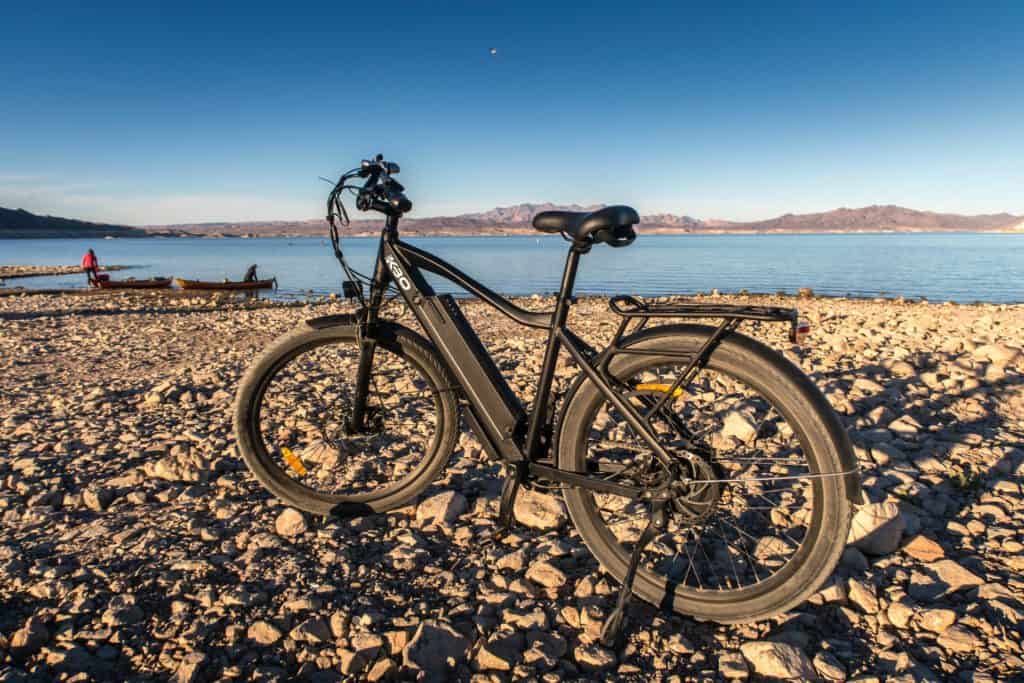
In 2002 the federal law regarding the definition of electric bicycles changed on the national level in the United States. Congress changed the classification of electric bicycles into a 3 tier system. These three tiers, or classes, of electric bicycles, make electric bicycle laws more in line with traditional pedal bicycles.
The law specifically states, “A two or three-wheeled vehicle with fully operable pedals and an electric motor of fewer than 750 watts (1 h.p.), whose maximum speed on a paved level surface is less than 20 mph.” for more information about this law click here.
Of course, because of how the law system works in the United States, different places can tweak laws on the federal level to meet the standards on the state level. This means that each state will have its own set of regulations regarding electric bicycles and their classes that will differ from each other.
The 3 Different Classifications Of Electric Bicycles
The three different classes of electric bikes are relatively simple to understand. They are mainly affected by two other things:
- If the bicycle is either pedal-assisted and
- The maximum speed at which they can go
The three different classes are defined as followed;
- Class 1 Electric Bicycle: A class 1 electric bicycle is a bicycle equipped with an electric motor that only assists the rider while pedaling, provided that the engine ceases to assist the rider when the bike reaches a maximum speed of 20 miles per hour.
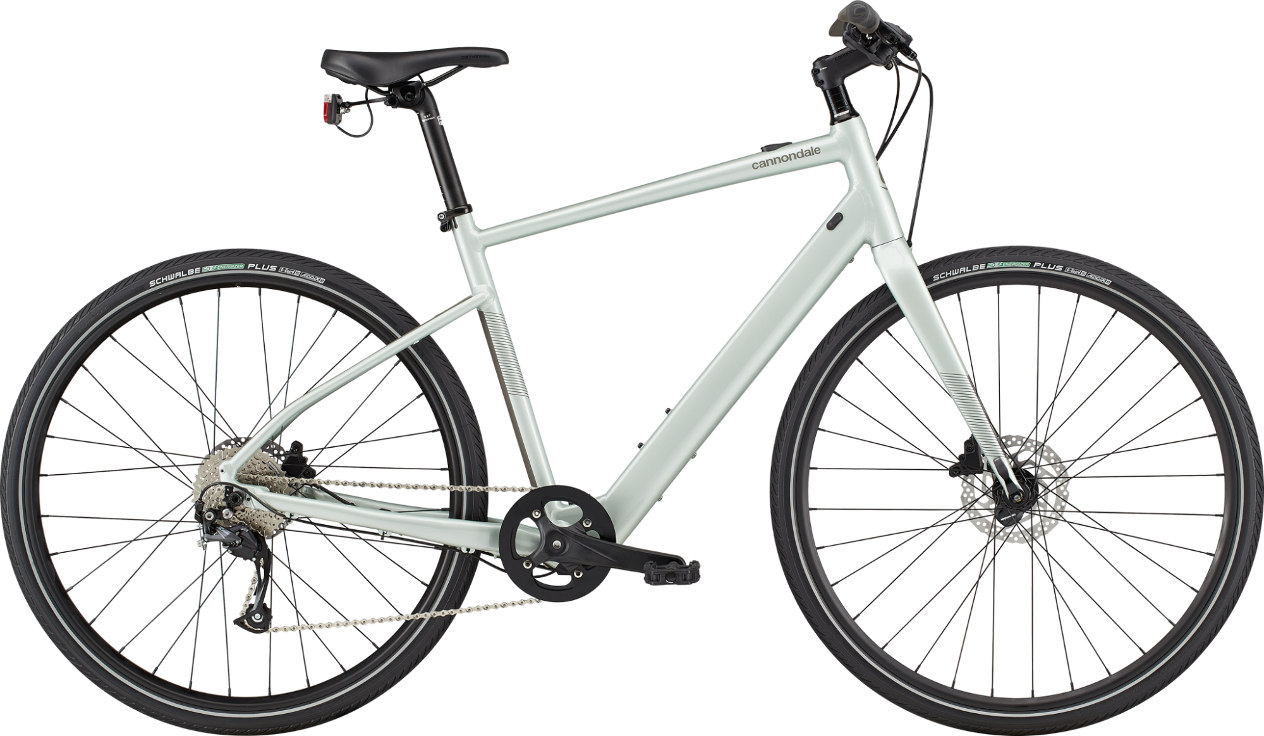
- Class 2 Electric Bicycle: A class 2 electric bicycle is a bicycle equipped with an electric motor that is only used to speed the bike through a throttle system. Provided that the engine ceases to accommodate that speed once the bicycle has reached a maximum speed of 20 miles per hour.
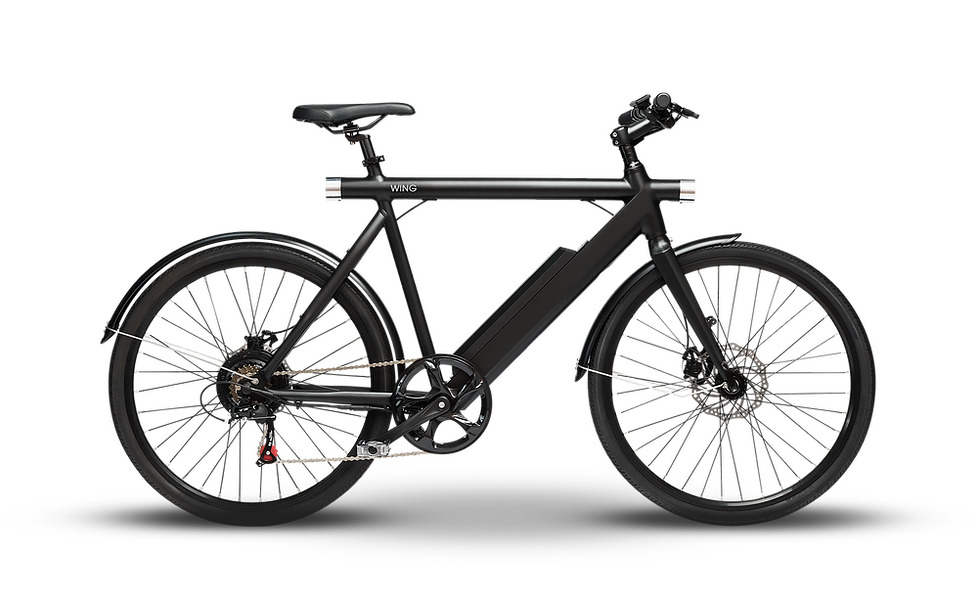
- Class 3 Electric Bicycle: A class 3 electric bicycle is a bicycle equipped with an electric motor that assists the rider only while they are pedaling, provided that the engine ceases to assist the rider when the bike reaches a maximum speed of 28 miles per hour. A class 3 electric bicycle must also be equipped with a speedometer.

Any electric bicycle that exists outside of these three classes is considered a low-speed electric bicycle. These electric bikes are regulated by law as traditional pedal bicycles.
Furthermore, the maximum wattage of an electric bicycle is also regulated at the state level. Some states like Delaware and Iowa define electric bikes with a maximum wattage of 750 or lower and have a top speed of only 20 miles per hour as traditional bicycles.
Other states like Minnesota and North Carolina define electric bicycles as traditional bicycles, provided they have an electric motor that is 1000 watts or less and has a maximum speed of 20 miles per hour.
This further pushes the issue of knowing precisely the laws regarding electric bicycles in your state and knowing what your electric bike has in terms of power and speed to see if it falls under a class of electric bicycle or is treated as a traditional pedal bicycle.
Do Some States Require A Licence To Drive An E-Bike?
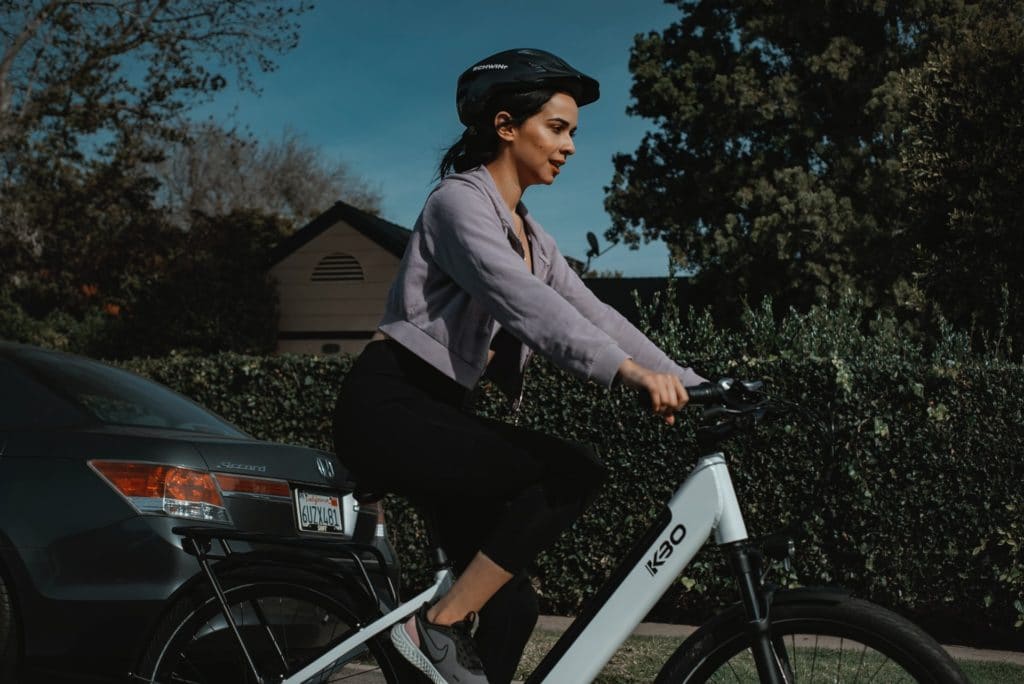
Because of the different regulations of electric bicycles state by state, some states require you to be of a certain age to ride an electric bike. Some need you to either have a license or register the electric bicycle, depending on its class.
For example, in Hawaii, electric bike owners must register an electric bicycle to the state and pay a one-time fee of $30. Once you register your bicycle, you will be given a sticker that you will need to attach to the side of your bicycle frame so that it can be easily seen.
New Jersey follows a 2 class system that separates electric bicycles. A class 1 bicycle in New Jersey is considered a “Low-Speed Electric Bike,” which has a maximum speed of 20 miles per hour and does not require you to have a license.
However, a class 2 electric bicycle is considered a “Motorized Bicycle,” which has a speed that exceeds 20 miles per hour but has a maximum speed of 28 miles per hour.
These electric bicycles are required to have a license to operate legally. Both of the electric bikes in New Jersey are also required to be registered to the state.
Here are all of the states that require a license (in alphabetical order):
- Connecticut
- Hawaii
- Kentucky
- Louisiana
- Massachusetts
- Missouri
- Nebraska
- New Jersey
- North Dakota
- West Virginia
- Wisconsin
- Wyoming
Age Restrictions When Operating Electric Bicycles
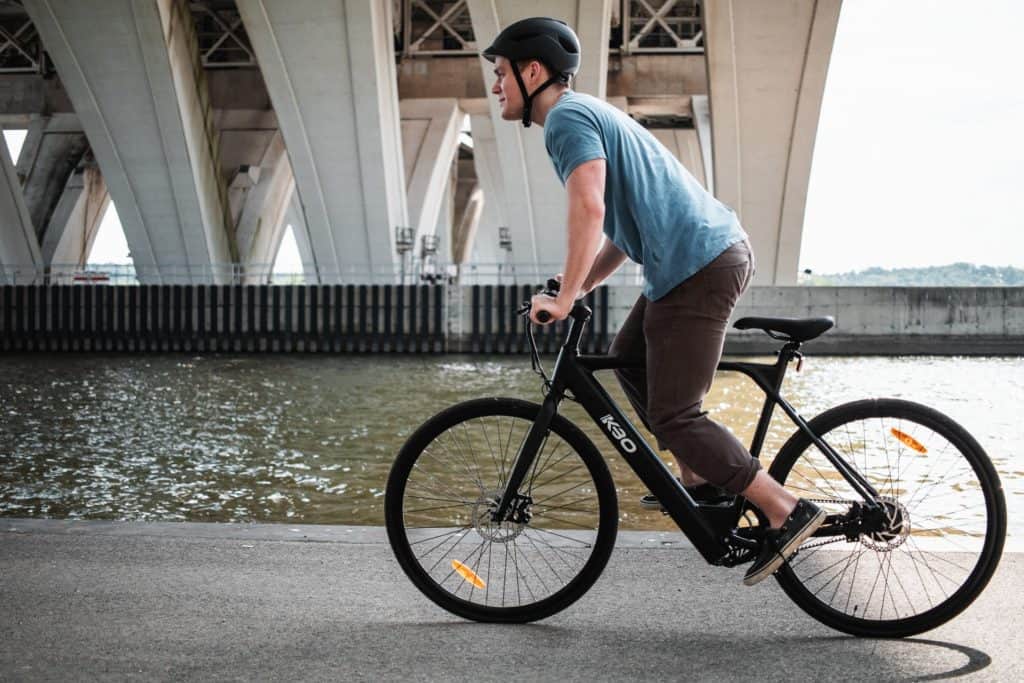
In many states, there are age restrictions when it comes to riding an electric bicycle. There are two different types of age restrictions for electric bikes. The first is the age you need to ride an electric bicycle, and the other is the age required to wear a helmet when riding an electric bike.
The age restrictions to ride an electric bike vary from state to state, and not all states have an age restriction. These restrictions often only apply to class 2 and class 3 electric bicycles.
For instance, riders must be 14 or older in eight states to ride unaccompanied at all rating levels. Alabama, Alaska, Michigan, New Hampshire, North Carolina, Utah, and Virginia are among them. Riders under this age can still ride electric bikes in some jurisdictions if an adult supervises them over the age of 18.
Furthermore, six states have electric bicycle laws that require riders to be at least 15 years old, while fifteen states need riders to be at least 16 years old. If an adult accompanies the rider, there are specific state-specific workarounds to these restrictions. Many states do not have an established age limit for riding, although most of them require riders under the age of 16 or 18 to wear helmets.
Speaking of helmets, about half of the states require children to wear a helmet when on an electric bicycle, at least until they reach a certain age. Most of the helmet regulations for electric bikes only apply to riders under the age of 21. At the same time, some states require the use of a helmet regardless of age.
Electric Bikes Have A Maximum Motor Power
Some state laws will dictate the maximum motos power. In this article, we will measure them in Watts (W), Cylinder Capacity (cc), and one that is measured in Horsepower (hp).
States That Require 1000W Maximum Motor Power:
- Georgia
- Kansas
- Oregon
- Oklahoma
- Vermont
- Virginia
States That Require 750W Maximum Motor Power:
- Arizona (less than 750W)
- Arkansas
- California
- Colorado
- Delaware (less than 750W)
- Iowa (less than 750W)
- Idaho (less than 750W)
- Illinois
- Maine
- Michigan
- Missouri
- Nevada
- New Hampshire
- North Carolina
- Ohio
- Pennsylvania
- South Carolina
- Texas
- Utah
- Washington
- Wisconsin
- Wyoming
States That Require 500W Maximum Motor Power:
- Maryland
- Montana
States That Require 150cc Maximum Motor Power:
- Alabama
States That Require 50cc Maximum Motor Power:
- Alaska
- Connecticut (less than 50cc)
- Kentucky
- Louisiana
- Massachusetts
- Nebraska
- New Jersey
- West Virginia
States That Require 2 hp Maximum Motor Power:
- Hawaii
Primary Differences Between Motorized Vehicles and E-Bikes

The main differences between motorized vehicles and electric bikes are their speed and how the motors work to propel them. A motorized car, being any car, truck, or motorcycle, has a combustion engine. They primarily use some liquid fuel, either gasoline or diesel.
Even though there are vehicles that run entirely off of electricity, such as the vehicles from Tesla, they are still considered motorized vehicles. This is mainly due to making it simple for laws, and they have similar parts that work to transfer that electrical energy into mechanical that propels the vehicle.
The speed at which motorized vehicles are also a factor in their classifications. Electric bicycles are all regulated to have a maximum speed of up to 28 miles per hour. In comparison, any motorized vehicle can go much faster.
Final Thoughts
Electric bicycles are, under the law, not considered to be motorized vehicles. Not being considered motorized vehicles mainly comes down to how they work, their parts, and the speed at which they can travel. This has also allowed states to regulate laws individually and make it easier for electric bicycle riders to know the laws surrounding them.

